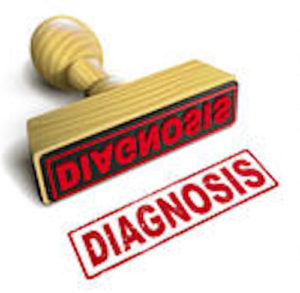06.01.04 Patient registry?
Source: EveryLife Foundation, Community Congress, Webinar, Sanford Research
Clinical Development for Rare Diseases: A Primer for Rare Disease Patients and Advocates
March 29, 2017
• A registry is a collection of information about individuals, usually focused around a specific diagnosis or condition. – NIH
• Contact registries collect basic emographic and contact data
– Not the same as registering for an email list
– It’s important to collect data which may be used as inclusion/exclusion criteria (birth date, geographic location, etc.)
What is a natural history study?
• Natural history is the natural course of the disease from the time immediately prior to its inception, progressing through its pre-symptomatic phase and different clinical stages to the point where the disease has ended without external intervention – FDA R01 Natural History Study RFA
– Focuses on progression
– Foundation of drug development/clinical trials
What is the difference between a patient registry and a natural history study?
• Developing a patient registry around one rare disease does not mean that the natural history of the disease is being captured
• Natural history studies are the foundation of drug discovery/clinical trials; however patient registries are the foundation of natural history studies
• Both natural history studies and registries are important for rare diseases
– Collect information to engage community, educate public and researchers
Importance of patient registries and a natural history studies?
• Define your population
• Identify questions in which the answers would be important to researchers, physicians or patients and families
• Creating a patient registry is a great way to foster community (support group)
– A means to develop new relationships – Gives participants a voice
– Remove sense of isolation
– Identity
• A registry and natural history study creates hope for the community
• Patient registries and natural history studies create awareness
– Drive research
• Information collected will hopefully lead to publication of materials more accessible to physicians
• If physicians have more resources available they can make better decisions and better diagnose patients
Research
• A rare disease diagnosis often means the patients are the experts
• Patient registries and natural history studies can help your organization attract the attention of researchers
• Researchers are often introduced to rare disease research by chance
• It’s best to be prepared for when an expert is found
Operational Challenges
• Patients are often motivated, but it is difficult to identify them
• Establishing partnerships with organizations • Trust is a key issue
• May need to recruit globally in order to accrue adequate patient populations (especially in ultra-rare cases)
• Data entry can be time consuming
• Critical to ensure patients aren’t lost to follow-up
Summary
• Patient registries and natural history studies present unique opportunities to foster community, educate, promote awareness and research
– Benefits outweigh the challenges
• Patientregistriesarethephonebook
• Natural history studies are the encyclopedia
• CoRDS is both
Austin Letcher
Sr. Research Associate, CoRDS 605.312.6423 Austin.Letcher@sanfordhealth.org www.sanfordresearch.org/cords
About CoRDS
Mission: To accelerate research into rare diseases Goal: To establish an international rare disease patient registry for all rare diseases
• Established by David Pearce, PhD in 2010
• Create resource of contact information and clinical data on individuals diagnosed with any rare disease to enable a comparative analysis across diseases
• Connect researchers to participants interested in participating in research
• Partner with patient advocacy groups to create disease specific registries and natural history studies
• IRB approval
